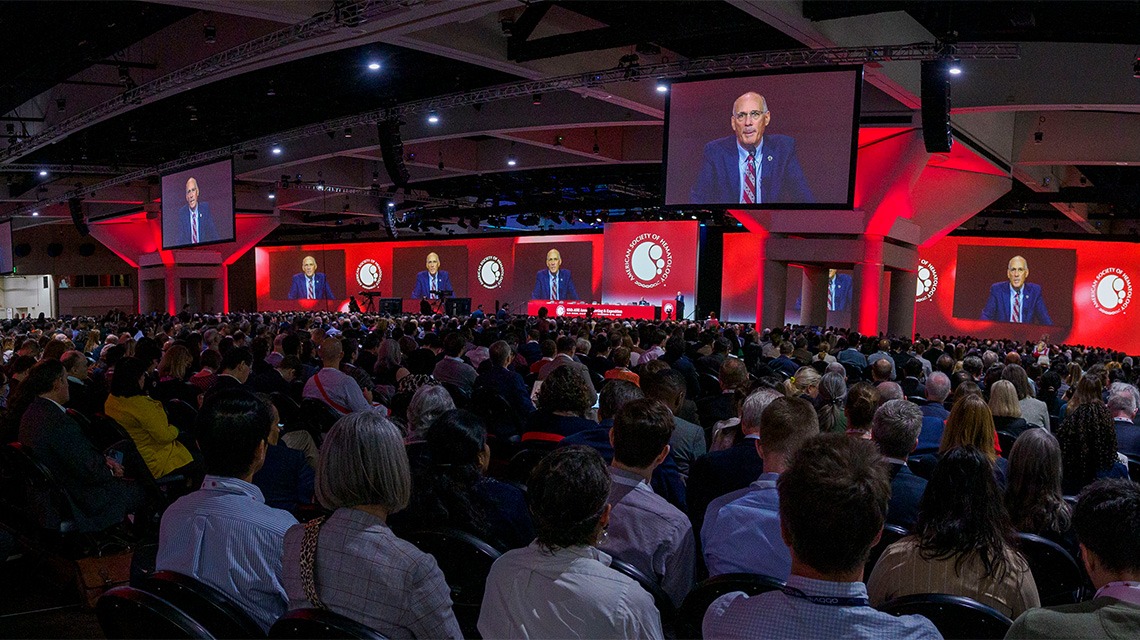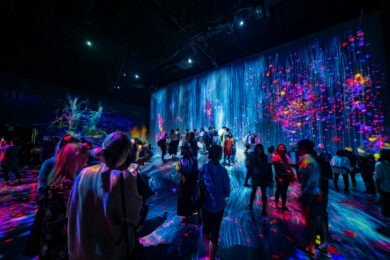ASH collaborated with government agencies, airlines, venues and partners to advance medical science based on robust data
When the goal is to produce the 66th anniversary of the premier event in classical and malignant hematology, then doing whatever it takes to get the best in the world to the general session is job one. As Chief Event Strategy Officer for the American Society of Hematology (ASH), Bill Reed, FASAE, CMP, brings 30,000 meeting professionals from more than 110 countries together to share research about the causes and treatments of blood disorders. Although the conference moves around, he is limited in the number of places that can hold all of the activities, even though he has resorted to tenting parking lots and taking over alternative spaces.
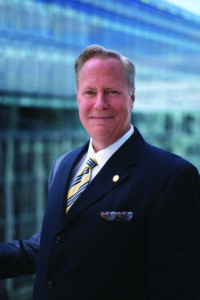
This December that destination will be San Diego Convention Center for the second year in a row. He has also produced conventions in New Orleans, Atlanta and Orlando. The annual is the biggest global event of the many he produces each year and it holds a bounty of lessons for meeting professionals looking to scale up.
Sometimes, maximizing international attendance requires understanding how to work with government agencies, being willing to influence human behavior and asking tough questions of the data.
The Visa Plan

Even if you build the most compelling education sessions, they won’t come if they can’t get the legal documents to enter the country. ASH worked with the U.S. Department of State last year on a pilot to help facilitate international participants coming into the United States from countries where there’s no visa waiver program in place.
Reed was clear, ASH doesn’t intercede or advocate on behalf of any one individual, but the association does provide data about where, historically, participants come from so the agency can anticipate the volume of demand at consular offices in those countries.
One thing that helped was sharing messaging with attendees that they should request appointments before registration even opens to start the process and schedule interviews earlier. Even if it is a three- or six-month wait, attendees can use that time to book their hotel and flight instead of the other way around.
Read More: New and Renovated: Meetings in International Cities
Reed conceded that some countries have challenges that add additional steps such as restrictions placed on Chinese citizens by their government or the need to check the Office of Foreign Assets Control (OFAC) List before admitting attendees from sanctioned countries. But he feels the extra work is worthwhile as important science is coming out of some of those areas. “We’ve got to have everyone at the table teaching others what they’ve learned through their research and taking what is shared back home to accelerate the pace of research around the world,” he said.
“We are establishing a relationship with the State Department by arming them with the information they need to be more effective without providing any personal identifying information,” he says. “It’s getting better.”
Smart Tip #1: For international meeting organizers looking to help their attendees make the trip, start early with messaging to potential attendees to get in the visa queue, even if all you have is the date and the location.
Strategic Lift
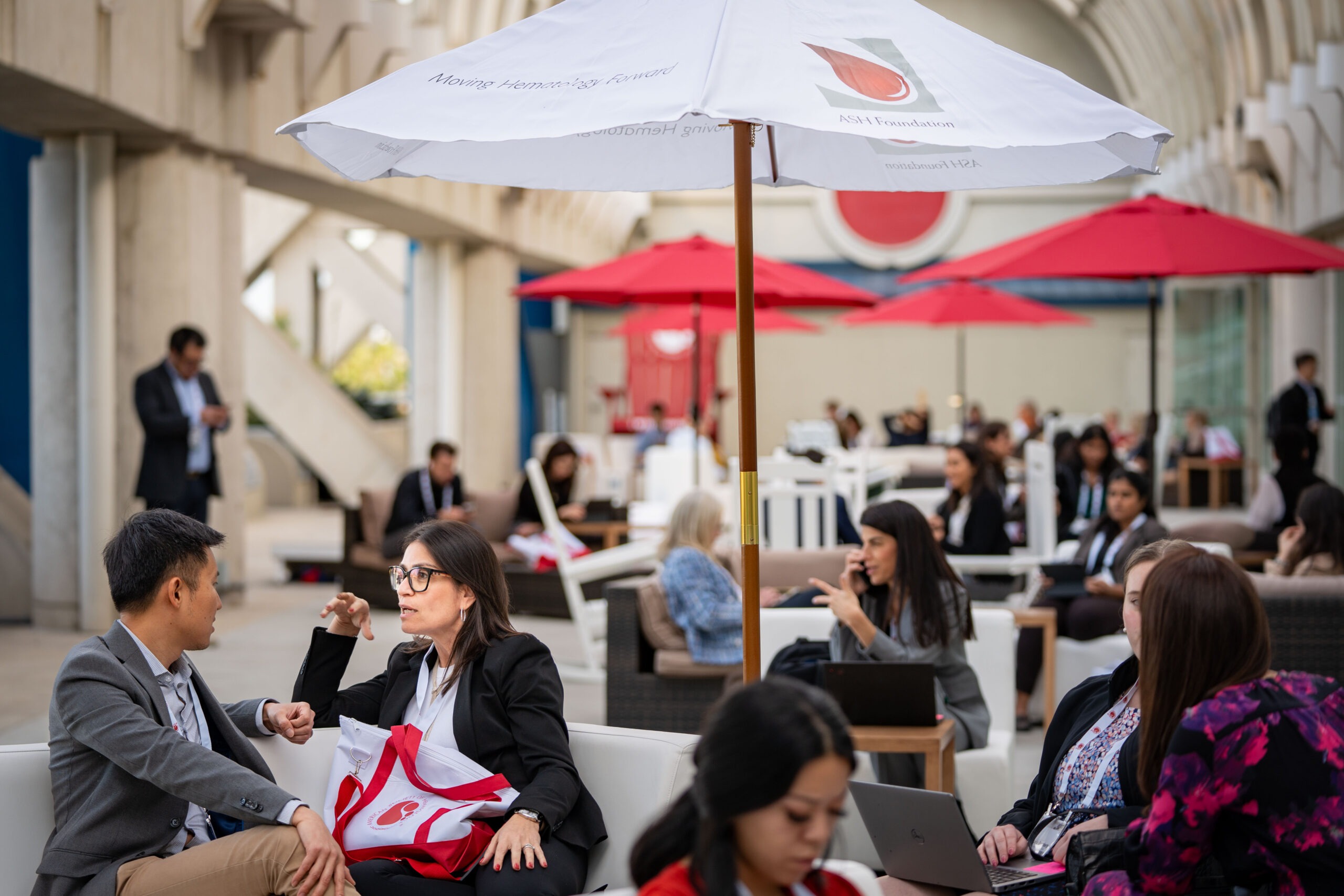
A careful examination of historic registration data can reveal opportunities to boost attendance. Reed noticed that the last time the group was in San Diego, the number of conventioneers from France was down. He asked a few of the “loyalists” who attended all of the other programs and learned that the problem was a lack of non-stop flights between Paris and San Diego.
That revelation set off a chain of events to find a solution that included working with Air France and Delta Air Lines to charter a plane with a full range of classes of service so the hematologists would have the experience they were accustomed to receiving—and paying for. It was successful and the flight was full, allowing the airlines to sell discounted seats to San Diegans looking for a four-day trip to France to fill the seats on each return leg.
“Usually, there’s a story in the data if you’re willing to ask the questions and look for the honest answers.”
– Bill Reed
Reed even negotiated that in addition to the in-flight magazine in the seat pocket, he could place scholarly journals with orientation messaging. His team was at the gate to welcome the flight and add that personal touch.
Playing detective to identify a problem, come up with a reasonable solution that isn’t overengineered and testing until the problem is solved is not dissimilar to how hematologists look for patterns in a group of patients and then come up with a hypothesis that can lead to a new discovery. “It is in our DNA,” said Reed.
Smart Tip #2: Look for patterns in registration data and work collaboratively with stakeholders to come up with solutions that remove friction so more people can attend.
A Hybrid Model Revelation
Another example of finding insights in the data comes from digging through the trove of information provided by attendees accessing on-demand content. Historically, ASH has been an in-person conference, but as the team has recently leaned in extensively to providing virtual sessions and the result is a loyal global audience that may never be able to attend in person, but benefits from the access. “We are reaching new audiences around the world and have a better understanding of the needs of our virtual and in-person participants,” he says.
One example of how people are changing their behavior came in the form of an in-person attendee from India who attended for five days and never once stepped into a session room. However, the same person watched over 200 sessions on the virtual meeting platform. A one-on-one interview revealed that the strategy was to maximize face time with peers in the dedicated collaboration spaces and then dig deeper into the research by watching the on-demand content included for a limited time with the registration price.
Data also found that some attendees attended one session and listened in on another session at the same time on their laptop, the modern equivalent of jumping from room to room. With 35 sessions happening every 90 minutes, the conference encompasses more information than any human could reasonably take in during the four days. Because of the virtual meeting platform, the average in-person participant is attending 40% more content sessions than they could have before the advent of the virtual meeting platform and thousands of researchers who would never be able to come to the in-person meeting now have access to the latest discoveries. Reed calls that formula “one plus one equals three” because the combination of expanded research dissemination is more than the sum of its viewership.
He also reported that the revenue from selling streaming attendance in discreet blocks of time paid for the investment in the larger AV bill and a separate event team to record all of the sessions. “We chose to take a risk during the pandemic and go for growth and it continues to pay off,” Reed said.
Understanding the dynamics of how people are accessing content also allowed Reed to eliminate one of the early morning time slots everyone hated, giving them time for rest so they are sharper the rest of the day, knowing they can always stream one of the simultaneous sessions that happen up until late in the day.
“This is changing the way people consume meeting content,” said Reed.
Smart Tip #3: Offer tiered pricing that includes specific blocks of time when content is available on-demand for remote and in-person attendees and charge a separate price for extensions if they don’t get through all of it during the first—or second—window.
Meeting Room Alternatives
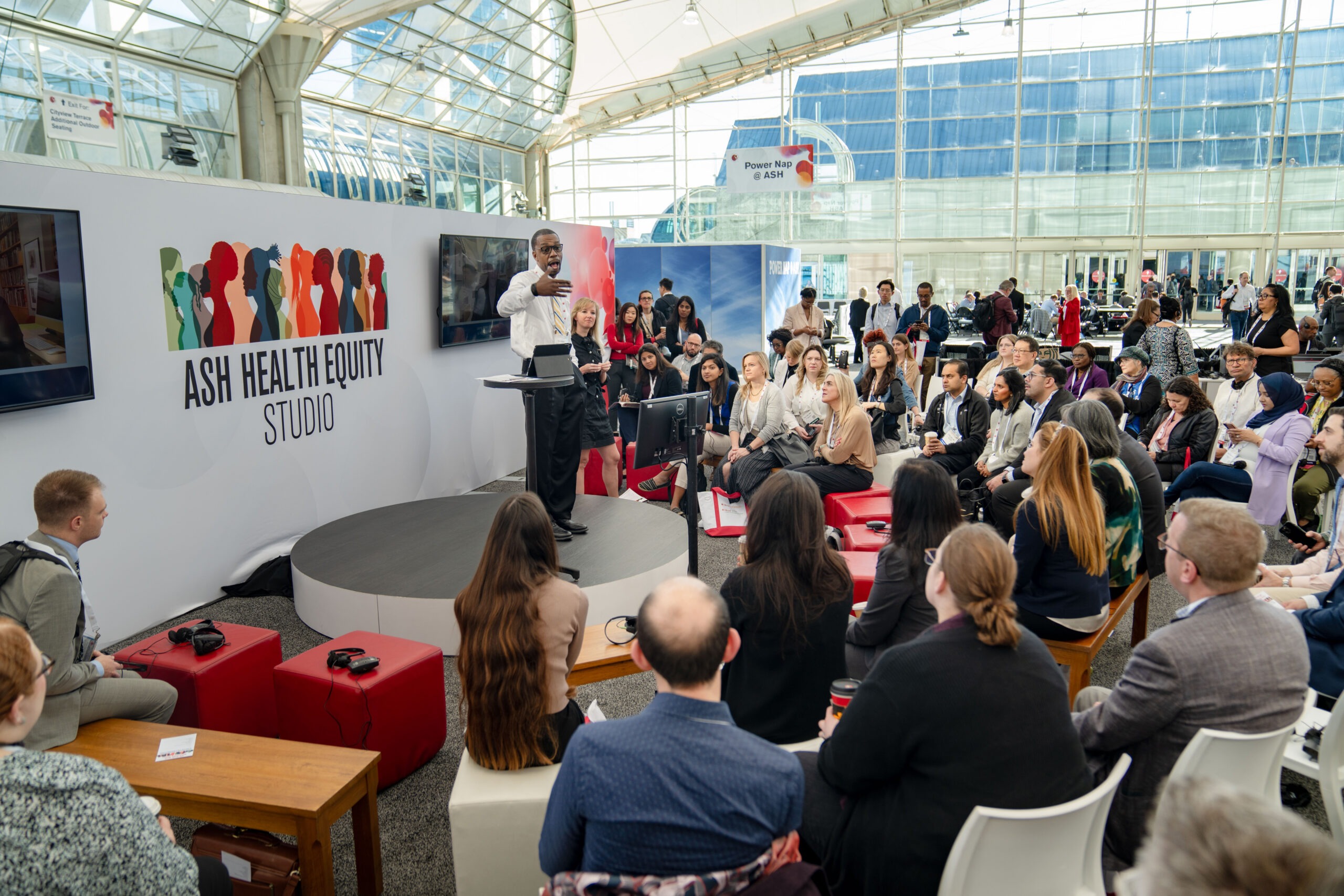
As the show and demand for networking space has expanded, Reed and the team have gotten creative about designing meeting rooms out of seemingly thin air. He uses outdoor activations—tents, pavilions and terraces to expand the managed environment. As a bonus, the fresh air and more casual vibe fits the wellness focus being introduced in recent years.
Read More: Alternative Venues: Not Your Usual Suspects
“It’s fun because we’re utilizing our creative genes on how to design interesting spaces outdoors,” he said.
Smart Tip #4: Think outside the convention center. How could you use parking lots, green areas and adjacent streets to bring in food trucks, create stages and get people moving?
